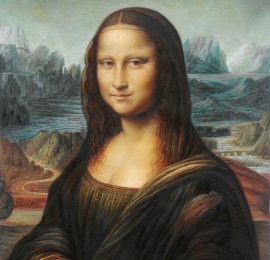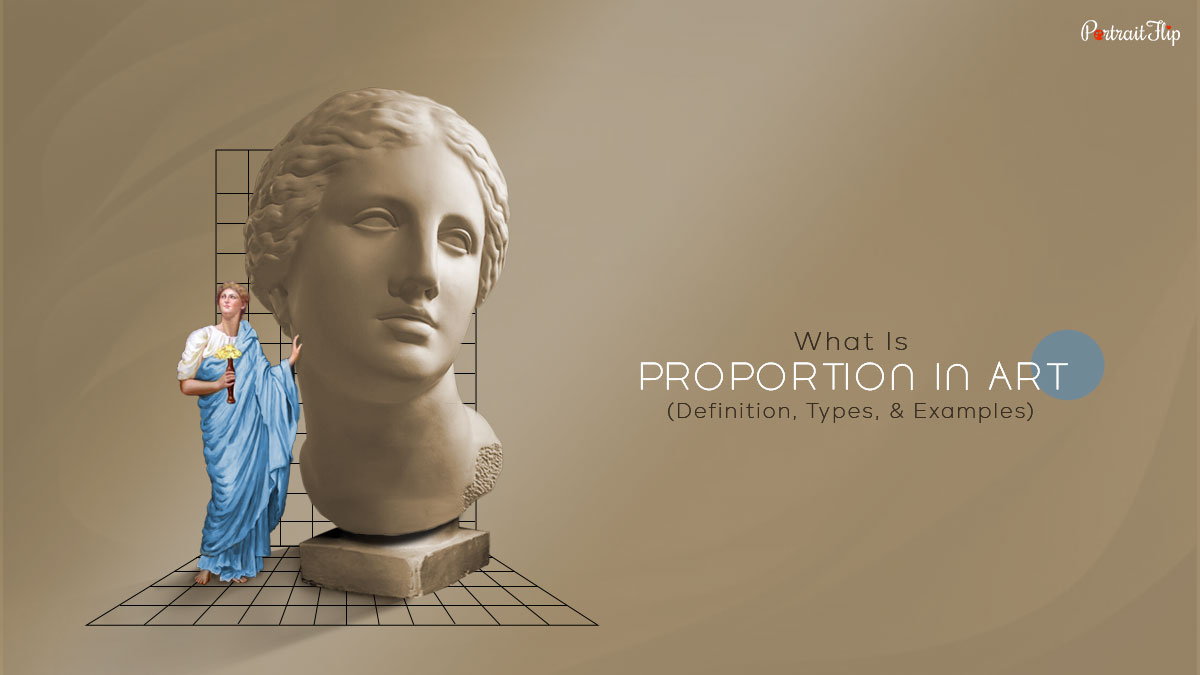
Look at the image on your left.
What did you observe? Picture of a basketball that is relatively bigger than a baseball, right?
Can you tell me what’s common in both pictures?
Their proportion!
The proportion used to create basketball is the same proportion used to create baseball.
Confused? Think in this way.
Whenever we imagine a ball, a round shape is pictured in our minds, right?
This is because the ratios to produce any kind of ball are the same.
It automatically creates an image of a circle or round shape in our heads.
This is what proportion means in art.
People mostly get confused when they come across the term proportion in art.
When I was going through the research, there were many uncertainties regarding the proportion definition in art.
Therefore, I welcome you to the blog, where I have explained proportion in the simplest way possible, along with its types.
So, what does proportion mean in art?
Table of contents
What is Proportion in Art? (In Simple Words)
What do you mean by proportion?
A part, portion of something, piece, bit, or ratio, right?
You are somewhat correct.
I mentioned it somewhat because the size of an art and the proportion of art are two different things.
Let me illustrate this through art.

You must have known about the famous Mount Rushmore.
Imagine that you are watching this sculpture for the first time.
What will you observe?
Four massively huge faces engraved over a mountain must relate to something historical or have made some impact on the world, right?
Now imagine that the structure of the faces was not accurately portrayed.
Maybe then you won’t find the sculpture impactful or view it as a funny or unusual subject.
Basically, what I mean is that we have an idea of what a human face looks like.
Each proportion gathers together to form a structure according to the artist’s choice.
This helps in maintaining balance in art.
In simple words, a proportion in art refers to the different size of the composition that creates it as a whole.
Don’t get confused when I say size.
It does not refer to the overall size of the composition, but rather the size of the small elements within that composition.
Now that you know the real meaning behind proportion art, how about we look into its type?
Suggested Read: Unity in Art: Understanding the Variety in Art!
Kinds of Proportion in Art
Just one type cannot define proportion in art.
It has four types that contribute to its meaning and create a rhythm in art.
Without further ado, let’s dive into different types of proportions in art.
a) Standard Proportion
Standard proportion in art refers to the accurate ratio utilized for the subject matter.
Something whose measurements are already set.
The most common example is the human body or facial structure.
If you have seen paintings by Leonardo da Vinci, then you must be aware of his “Vitruvian Man.”
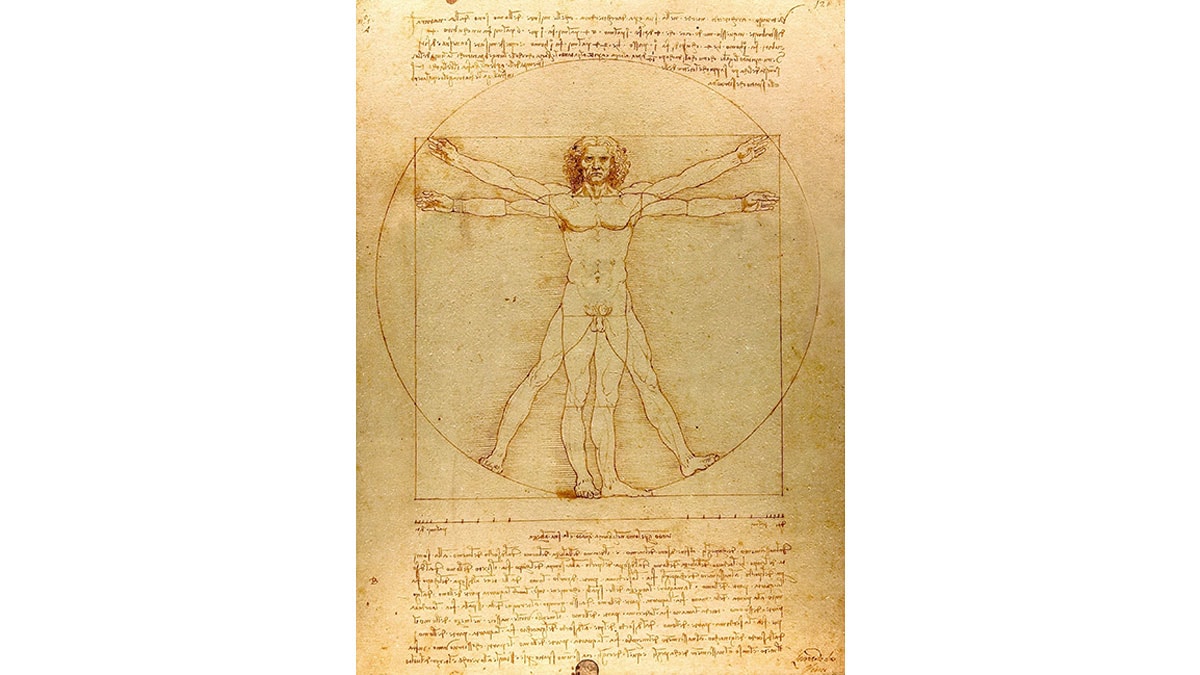
It is a pen-and-ink sketch that reveals what the standard proportion in art could be seen as.
This proportion artwork was taken from Leonardo’s notebook, where the man is standing at an equal distance in a circle as well as a square.
He set a standard that talks about the human figure.
The illustration is based on anatomical proportions in physical reality.
Another example that describes standard proportion is “David (1501-1504) by Michelangelo.”
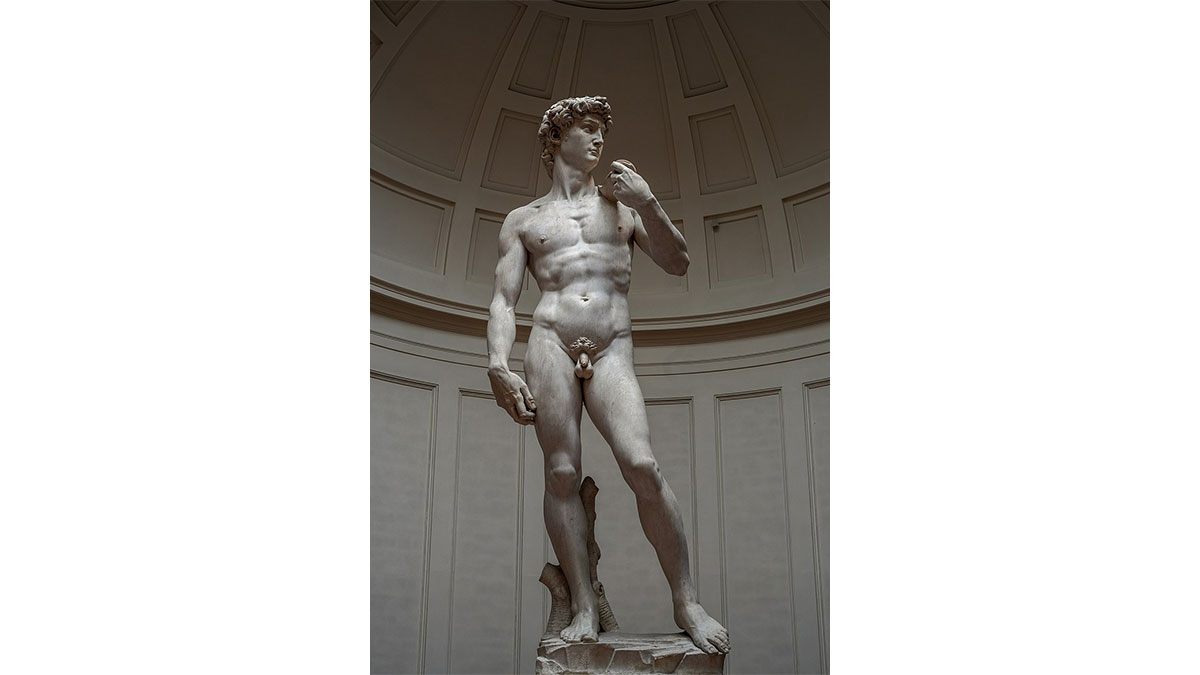
Michelangelo created this sculpture after a biblical figure, David.
This fine work is perfectly carved human figure falling in standard proportions category.
If you look into the sculpture, the proportions are evenly distributed according to the structure of the human body.
Standard proportions in art can be studied, particularly through Renaissance artists like Leonardo and Michelangelo.
b) Altered Proportion
Whenever you come across a distorted or misshapen figure, a question arises about why such art was created in the first place.
The feeling is mutual. But today I discovered the real reason behind such art.
It is because of the altered proportion.
Altered proportion refers to artworks whose meaning of proportion in art is changed or distorted for specific reasons.
Some also called it “exaggerated proportion.”
This proportion is depicted to narrate a specific story, convey a message, or emphasize a certain aspect.
Let me explain with the help of an illustration.
Look at the artwork closely.
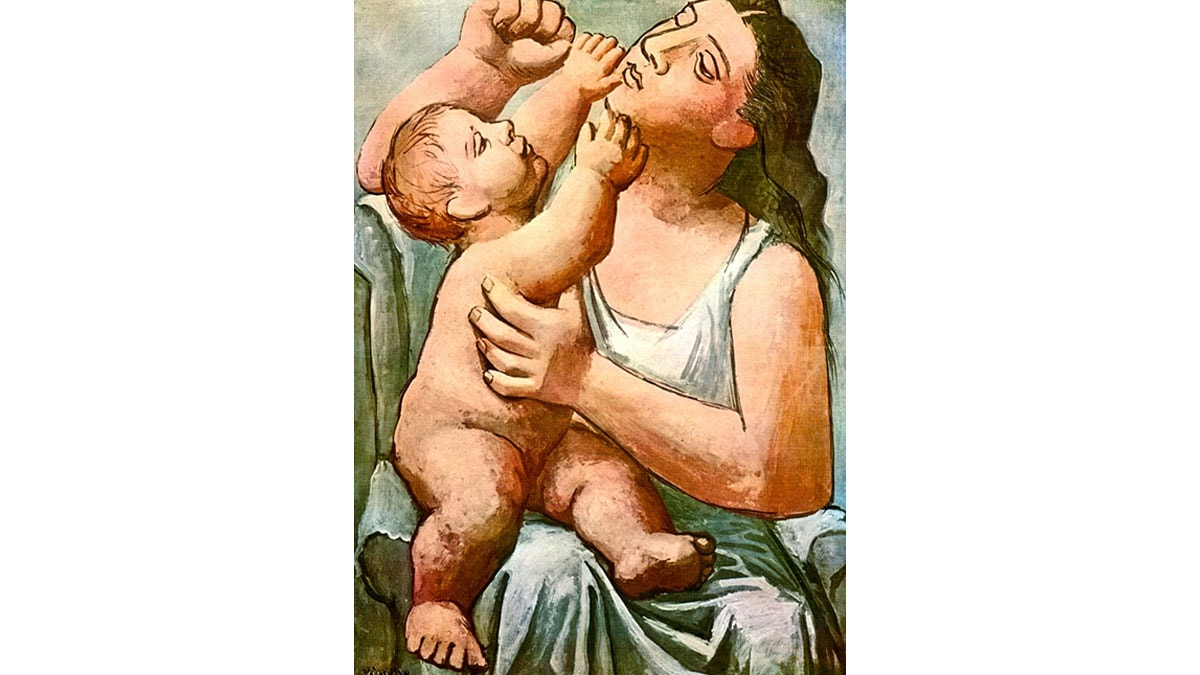
Don’t you find the figures a bit weird in shape?
This is because of the altered proportion used in the art.
The image above is a famous painting by Pablo Picasso, “Mother and Child (1921).”
As I mentioned before, this proportion in art always has a story or meaning behind it.
The huge depiction of mother hands represents solidity.
It emphasizes the role of the mother who protects her child and even exaggerates the idea of fertility.
Some popular examples of altered proportions are: Young Woman, Amedeo Modigliani, 1918 and Venus of Willendorf (c. 25,000 BCE), discovered by Josef Szombathy.
c) Hierarchical Proportion
This defines proportion in art that depicts hierarchy within a composition.
When a proportion denotes levels of status and power it is known as a hierarchical proportion.
It depicts social classes and tells us some historical facts.
Didn’t get me?
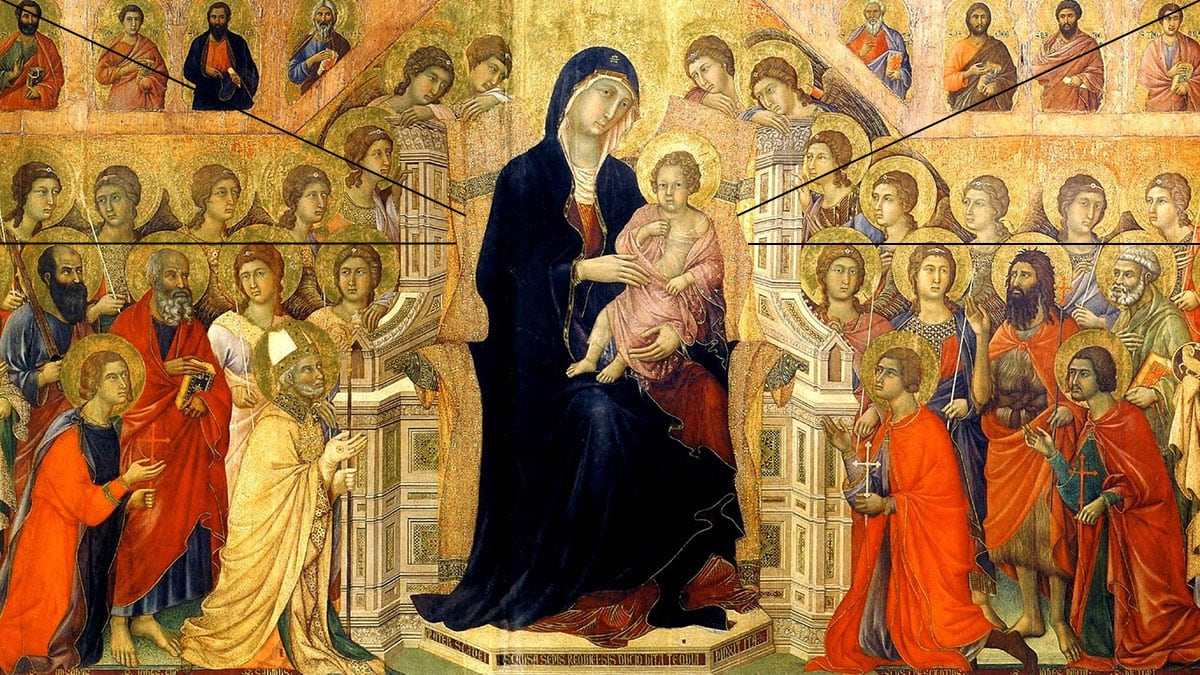
Look at this historical painting.
You can easily make out that the woman sitting in the middle with a child in her arm is the focal point of the painting.
This is known as hierarchical proportion in art.
The above painting is “Maestà by Duccio,” where Madonna is portrayed as Queen of Heaven.
We see saints and angels in smaller sizes surrounding Madonna, which indicates the levels of power.
Another example can be seen in the famous “The Last Supper” painting.
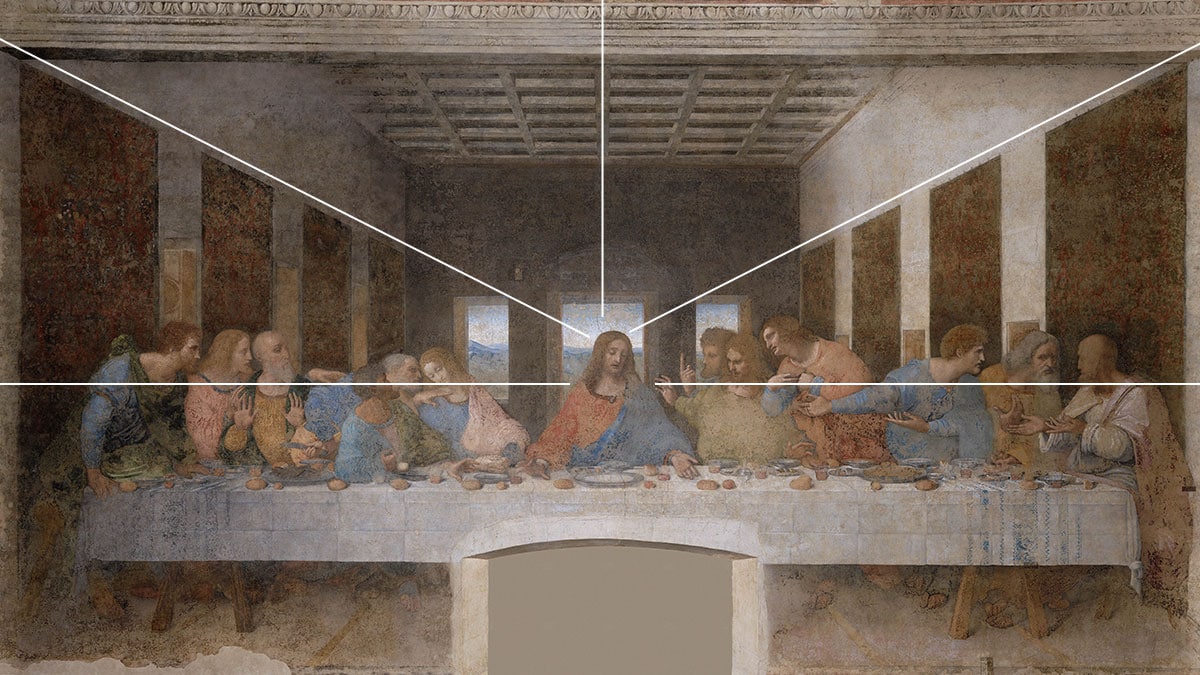
If you look at the image above, you’ll notice how Jesus Christ is the main character of the entire painting.
Although Christ and his disciples are sitting at the same level, the focus is clearly on Jesus.
The social scale is distinguished equally in this painting.
A masterwork by Leonardo!
Some popular examples of hierarchical proportion are: Last Judgement by Gislebertus (1120-1146), the Egyptian Palette of King Narmer (c. 3000-2920 BCE), the Tomb of Nebamun, or the Portinari Altarpiece by Hugo van der Goes.
d) Out of Proportion
Who hasn’t seen the “Adventure Time” TV series?
It has depictions of faces that are too large and hands that are too thin.
The proportion that is either too large or too small for the entire composition is known as being out of proportion.
To be precise, art that is quirky and strange falls into the out of proportion category.
It usually entails one or more elements of the subject being too huge or small in proportion to the rest of the subject.
Normally, artists produce such texture in art to create a stylized exaggeration.
One of the famous examples is “Madonna with the Long Neck.”
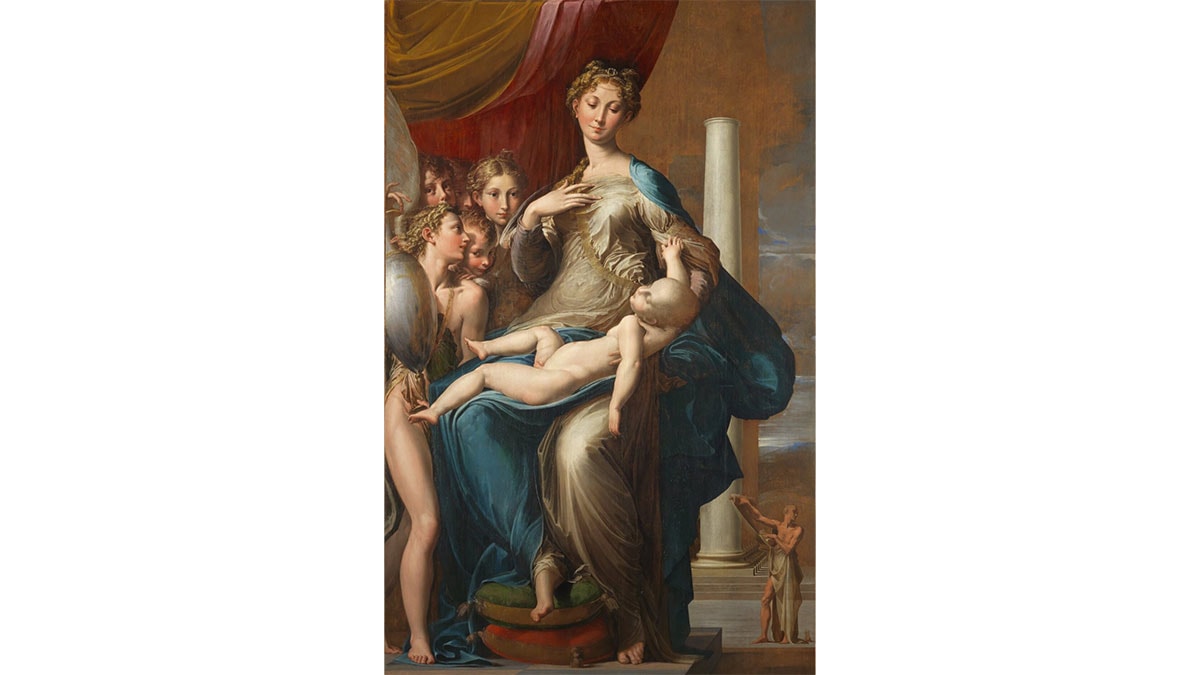
The title of the painting suggests Madonna with extensively long neck.
You must be wondering why Madonna is in such a strange way.
Parmigianino, the artist of this out of proportion art, was eager to portray Madonna in an elegant and graceful manner.
As a result, he painted her with long necks that symbolized swans.
Another masterpiece is “Personal Values by René Magritte.”
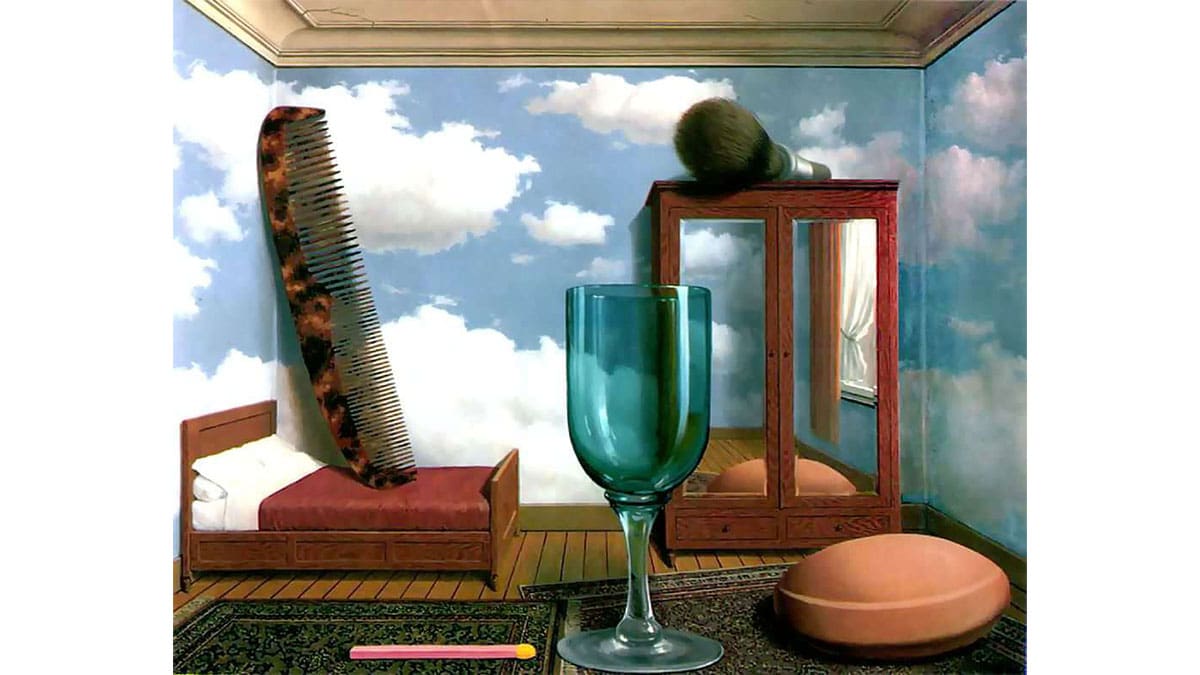
You have surely come across this painting by René Magritte.
Daily objects are presented in an unfamiliar and massively large manner.
Out of proportion creates an emphasis on the subject and makes it significant in the painting.
René wanted to highlight the importance and meaning of the common objects that play a huge role in our daily lives.
In such scenarios, out of proportion brings clarity and lets the viewers focus on the subject matter.
Interesting!
Who doesn’t want to own such art?
Our reproduction paintings give you the opportunity to own any kind of proportion in art.
Final Word
Shapes, balance, texture, space, form, proportion, variety, scale, and harmony—these are principles that describe the whole movement in art.
As mentioned earlier, people get confused between scale and proportion.
In simple words, scale refers to the size of the subject as a whole, whereas proportion refers to the size of different portions that complete the composition.
It may take a while to understand but once you get to know the difference between scale and proportion in art, you’ll understand the artwork clearly.
Proportion plays a significant role, as it has the power to influence people and can change the whole meaning of the art.
Hello Art Lovers
How was the blog about “Proportion in Art?”
I have tried to convey it in the simplest way possible to make you understand.
I’m sure there must be some questions to ask and suggestions to give.
Enlighten me with your valuable feedback via comments, where I can read and reply to your thoughts.
If you are fond of paintings and artists, I have a surprise for you. Our art and aesthetics page will be a treasure that you may discover according to your interests.
Till then, happy reading, people!
FAQs
The most famous example of proportion in art is marble sculpture by Michelangelo titled David (1501–1504).
Different sizes of the composition gather together to create a whole subject explains the concept of proportion.
There are four types of proportion, namely standard, altered, hierarchical, and out of proportion.
No, scale and proportion are not same in art. Scale refers to the whole size of the composition, whereas proportion refers to a certain ratio of different compositions that combine together to form a subject.


